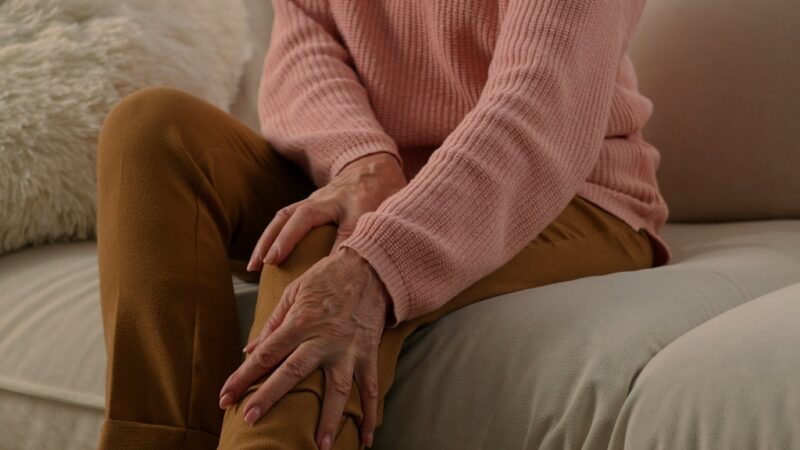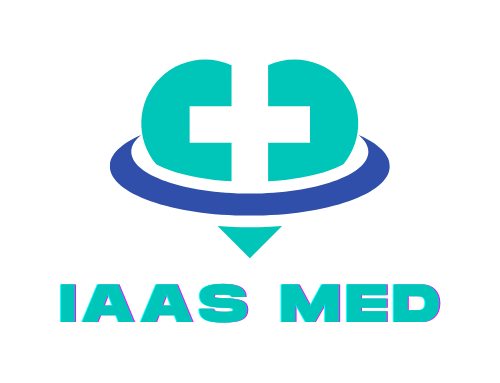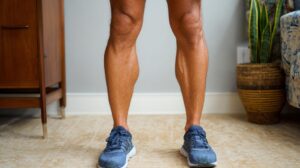Arthritis and chronic joint pain affect millions of people worldwide, reducing mobility, independence, and overall quality of life.
The concrete answer is this: while there is no universal cure for arthritis, a combination of medical treatment, lifestyle adjustments, and supportive therapies can significantly reduce pain, improve function, and slow disease progression.
The most effective treatment depends on the type of arthritis (such as osteoarthritis, rheumatoid arthritis, or gout), the severity of symptoms, and the individual’s overall health.
With early diagnosis and a tailored plan, most people can manage arthritis successfully and maintain an active lifestyle.
Arthritis is not one single disease but a group of conditions that cause inflammation and pain in the joints. The most common types are:
- Osteoarthritis (OA): Caused by wear and tear of cartilage, leading to stiffness and pain.
- Rheumatoid Arthritis (RA): An autoimmune disorder where the immune system attacks the joints.
- Gout: Triggered by uric acid crystal deposits in the joints.
- Psoriatic Arthritis: Linked to psoriasis, with both skin and joint symptoms.
Joint pain, however, can also result from injury, overuse, or other conditions like bursitis and tendonitis. That is why accurate diagnosis is essential before choosing treatment options.
Non-Medication Therapies

Medication alone is rarely enough. Many patients benefit from non-pharmacological strategies, such as:
- Physical therapy: Exercises designed to improve range of motion, muscle strength, and flexibility.
- Occupational therapy: Teaching ways to perform daily activities with less joint strain.
- Heat and cold therapy: Heat improves blood flow and relaxes muscles, while cold reduces inflammation.
- Assistive devices: Braces, canes, or shoe inserts help reduce stress on joints.
These approaches are often the most sustainable long-term strategies since they teach patients how to manage arthritis independently.
Lifestyle and Home-Based Strategies

Daily choices make a profound difference in arthritis management. For example, maintaining a healthy weight reduces stress on knees and hips, while a balanced diet rich in omega-3 fatty acids (from fish, nuts, and seeds) helps lower inflammation.
Low-impact exercises like swimming, cycling, and yoga keep joints flexible without excessive strain. Sleep quality is another overlooked factor; rest allows joints to recover and reduces overall fatigue.
Patients in Texas often turn to specialized clinics for integrative approaches. Many find relief through wellness care in the Woodlands, where programs combine medical treatment, physical therapy, and lifestyle coaching. This holistic approach ensures that care is not only reactive but also preventive, helping patients maintain mobility for years to come.
Surgical and Advanced Interventions
When conservative methods fail, surgery may be considered. Options include:
| Procedure | Purpose | Typical Candidates |
| Arthroscopy | Removes damaged tissue, smooths cartilage | Mild to moderate OA in large joints |
| Joint replacement (hip/knee) | Replaces worn joint surfaces with prosthetics | Severe OA or RA unresponsive to other treatments |
| Osteotomy | Realigns bones to relieve pressure | Younger patients with localized damage |
| Joint fusion | Stabilizes a painful joint | Severe arthritis in smaller joints |
Joint replacement is highly successful in restoring mobility, though recovery requires months of rehabilitation.
Complementary and Alternative Therapies
In addition to traditional medical treatment, many people living with arthritis look for supportive therapies that can make daily life more comfortable. These approaches are not meant to replace prescribed care but can be powerful additions when used responsibly.

- Acupuncture has been practiced for centuries and is increasingly recognized in modern medicine as a supportive tool for pain management. By inserting very fine needles into specific points of the body, acupuncture stimulates nerves and increases blood flow.
For some patients, this helps release natural pain-relieving chemicals, making joints feel looser and less inflamed.
- Massage therapy can be especially beneficial for people who feel stiff and achy after long periods of inactivity. Gentle massage improves circulation, warms up the tissues around the joints, and eases tension in the surrounding muscles.
Many patients find that it not only reduces discomfort but also improves sleep and relaxation, which indirectly helps with managing chronic pain.
- Nutritional supplements such as glucosamine, chondroitin, and turmeric are widely used by people with arthritis. The scientific evidence is mixed; some individuals report meaningful pain relief while others notice little change.
Turmeric, in particular, is valued for its natural anti-inflammatory properties. While these supplements are generally safe, it’s important to remember that they can interact with prescription medications, so a conversation with a healthcare provider is essential before adding them.
- Mind-body practices like meditation, mindfulness, and deep breathing exercises focus on reducing stress, which is closely tied to how we experience pain. Chronic stress amplifies inflammation and makes joint pain feel worse.
Taking even ten minutes a day to practice mindfulness or slow breathing can help calm the nervous system, lower blood pressure, and improve overall well-being.
Comparing Treatment Paths

| Approach | Short-Term Effectiveness | Long-Term Benefits | Cost Range | Best For |
| Medications | High | Moderate (depends on adherence) | Low–High | All arthritis types |
| Physical Therapy | Moderate | High | Moderate | Mobility preservation |
| Lifestyle Changes | Moderate | Very High | Low | All patients |
| Surgery (joint replacement) | Very High | Very High (10–20 yrs) | High | Severe arthritis |
| Alternative Therapies | Low–Moderate | Variable | Low–Moderate | Patients seeking holistic care |
Final Thoughts
Arthritis and joint pain are not conditions you can wish away, but they can be managed effectively with the right mix of treatments. The most important point is that no single option works for everyone.
Some people find quick relief with medication, while others benefit most from consistent physical therapy and lifestyle changes. For those with severe joint damage, surgical procedures like hip or knee replacement can restore mobility and independence.
What truly makes a difference is having a comprehensive plan, one that addresses pain in the short term while also protecting your joints for the future.
Simple steps like keeping a healthy weight, choosing low-impact exercises such as swimming or cycling, and focusing on good sleep habits can reduce stress on your joints more than many realize.
Complementary therapies like acupuncture, massage, or mindfulness can add another layer of support, especially when pain interferes with daily routines.
It’s also worth noting that arthritis treatment has advanced significantly in recent years. Biologic medications, new surgical techniques, and integrative wellness programs give patients more choices than ever before.
In places with access to specialized care, such as wellness care in the woodlands, patients often benefit from a tailored approach that combines medical treatment with physical therapy, nutrition guidance, and stress management.
The key takeaway is this: arthritis may change how you move, but it doesn’t have to limit how you live. With early diagnosis, open communication with your doctor, and a willingness to combine different therapies, most people can manage their symptoms, stay active, and maintain the lifestyle they value.















